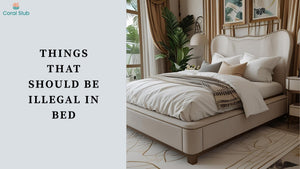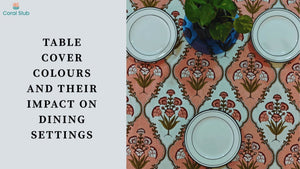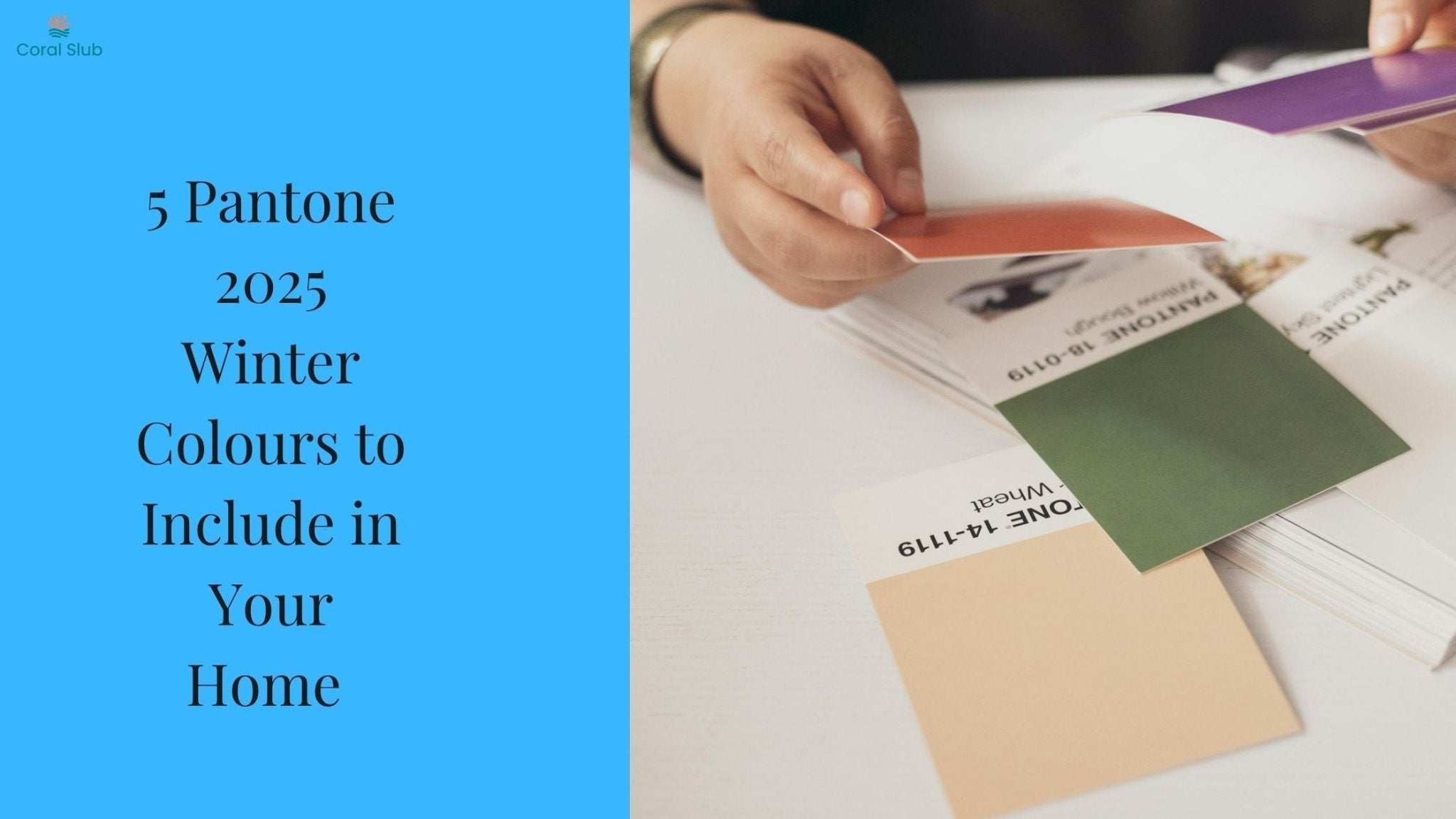Knowing when to replace your home textiles can save you money, improve hygiene, and keep your home looking fresh. Here's your complete guide to textile replacement timelines.
Bedding Essentials
Sheets and Pillowcases: 2-3 years High-quality cotton or linen sheets can last up to 3 years with proper care. Replace sooner if you notice thinning, pilling, or permanent stains.
Pillows: 1-2 years Down pillows last longer (2 years), while synthetic fills should be replaced annually. Replace immediately if pillows lose their shape or develop odors.
Comforters and Duvets: 5-10 years Quality down comforters can last a decade with proper care. Synthetic fills typically need replacement every 5-7 years.
Bathroom Textiles

Bath Towels: 2-3 years Replace when towels become thin, lose absorbency, or develop a musty smell that doesn't wash out.
Washcloths: 1-2 years These work harder than towels and need more frequent replacement due to daily use and bacteria exposure.
Bath Mats: 1-2 years Replace when the backing deteriorates or the mat no longer provides adequate grip.
Living Areas
Throw Pillows: 2-3 years Replace covers when they fade or lose shape. Inserts can last longer if covers are washable.
Curtains and Drapes: 5-7 years Sun exposure, dust, and washing cycles affect lifespan. Sheer curtains may need replacement sooner due to UV damage.
Area Rugs: 5-10 years High-traffic areas wear faster. Quality rugs with proper padding can last up to 10 years.
Kitchen Textiles

Dish Towels: 1-2 years Replace when they become stained, lose absorbency, or develop persistent odors.
Potholders and Oven Mitts: 2-3 years Replace immediately if heat protection is compromised or if they show signs of burning.
Signs It's Time to Replace
-
Visible wear: Thinning fabric, holes, or fraying edges
-
Persistent odors: Smells that don't wash out indicate bacterial buildup
-
Loss of function: Towels that don't absorb or pillows that don't support
-
Staining: Permanent discoloration that affects appearance
-
Allergic reactions: Increased symptoms may indicate dust mite buildup
Pro Tips for Extending Textile Life

-
Wash in cool water when possible
-
Use appropriate detergent amounts
-
Air dry when feasible
-
Rotate multiple sets to reduce wear
-
Store properly in dry, ventilated spaces
Budget-Friendly Replacement Strategy
Replace textiles gradually rather than all at once. Start with items that affect health and comfort most directly, such as pillows and bath towels, then move to decorative elements.
Regular replacement of home textiles isn't just about aesthetics, it's about maintaining a healthy, comfortable living environment. Use this timeline as a guide, but trust your judgment when textiles show signs of wear or affect your daily comfort.










